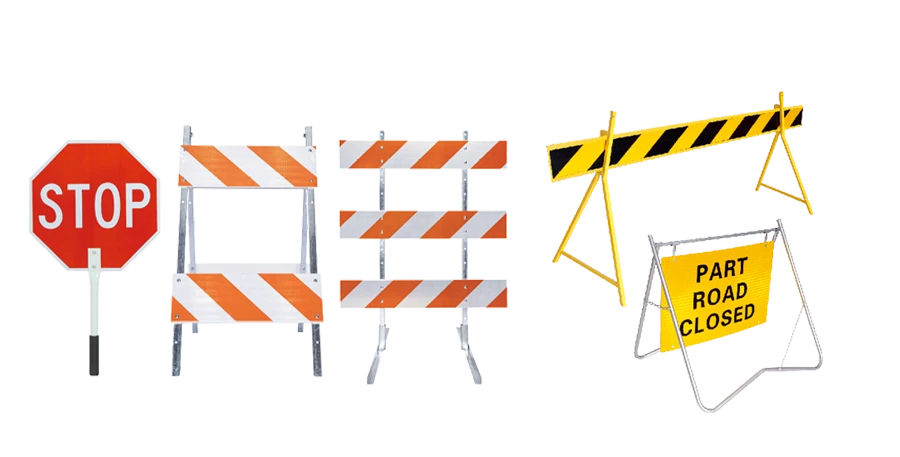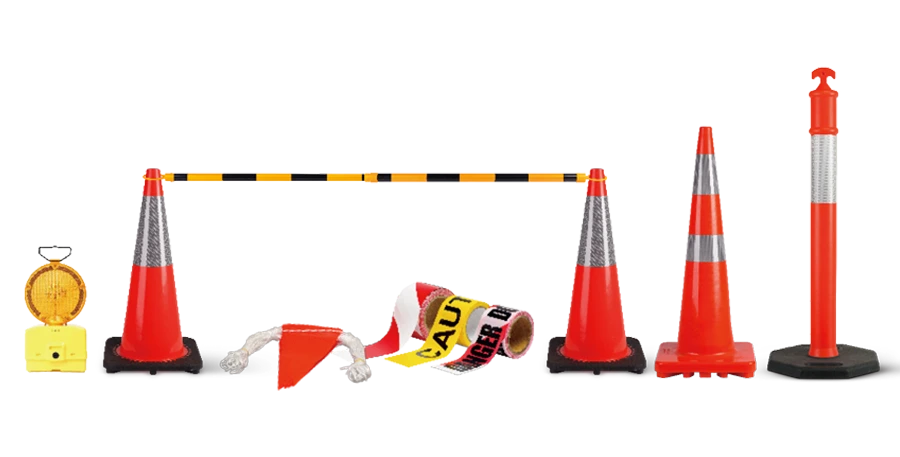安全標識が万能ではない理由: 英国と米国の文化的な違いを見る
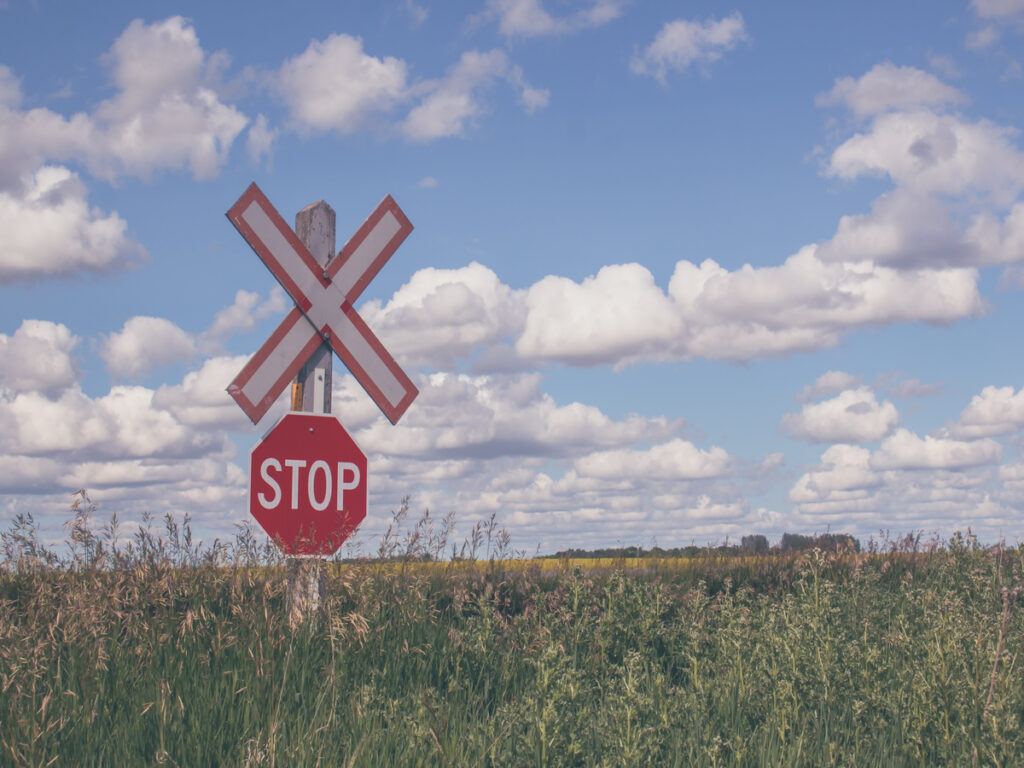
安全兆候は、人々を安全に保つために重要です. 道路でそれらを見つけることができます, 職場で, および公共エリア. 彼らは危険を示し、指示を与えるために使用されます. しかし, これらの兆候はどこでも同じではありません. ある場所で機能するものは、文化的な違いのために別の場所では機能しないかもしれません.
合法的に独自のストップサインを掲載できますか?
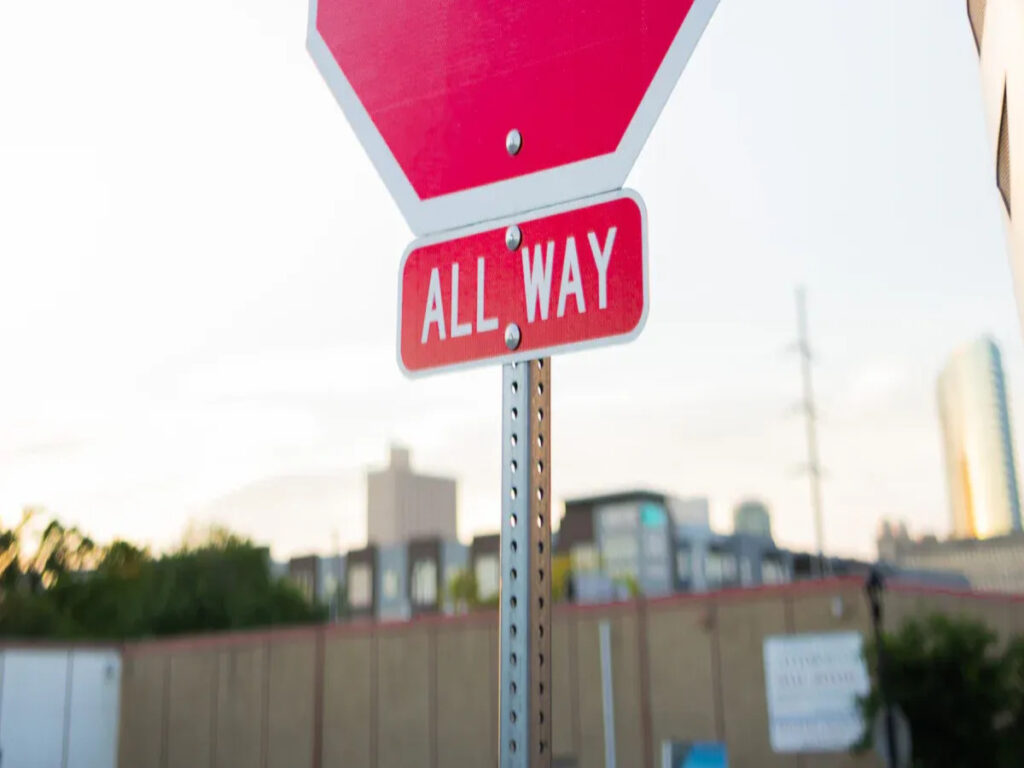
公道に金属停止標識を設置することは違法であり、罰金や事故につながる可能性があります. 私有財産でのみ使用するか、地方自治体に相談してください.
日本の雨季には雨どいの交通コーンが不可欠である理由
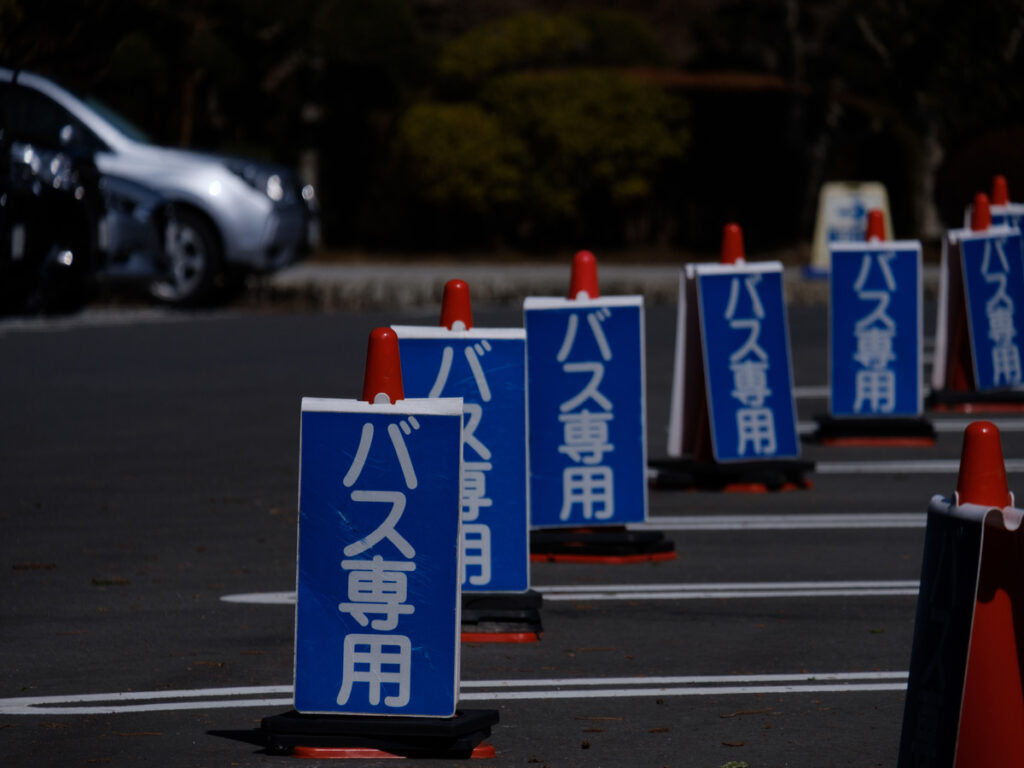
日本の雨季 (梅雨・つゆ) 通りを滑りやすく危険にします. 豪雨は視界を低下させます, 事故のリスクを引き起こします, 洪水を引き起こします. から 1985 に 2018, 70% 日本の災害は雨に関連した洪水によるものでした. これは、安全措置が今非常に重要である理由を示しています. Traffic cones(三角コーン)act as the first line of defense. 彼らは危険ゾーンから車や人々を導きます. 彼らの明るい色と反射的なストリップはそれらを見るのが簡単になります, 暗闇でも, 雨天. 強い, 雨に強いデザインは、彼らを立て続けます, どんなに風が強いか濡れても. 浸水した道路や緊急地域のマーキングかどうか, これらのチャネルライザーコーンは安全のための鍵です.
標識に最適な金属の厚さは何ですか?
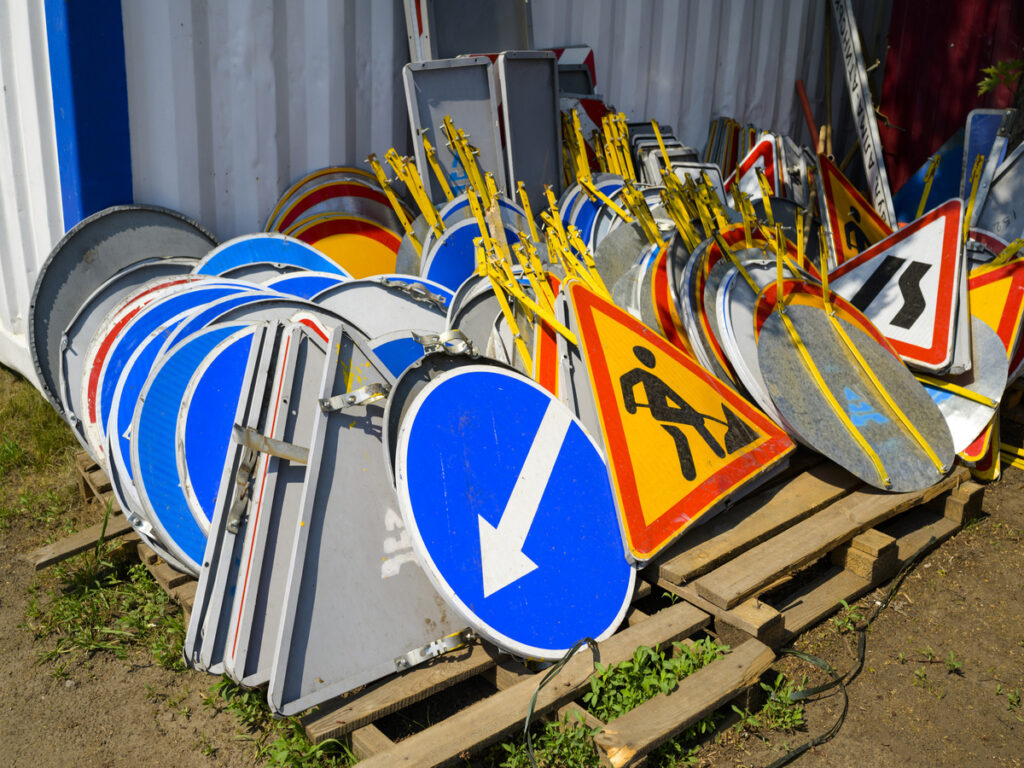
標識のために金属を選ぶとき, 厚さは非常に重要です. あなたは金属の交通標識を良く見せたいです, 最後の長い, そして、強いままです. 金属の厚さはゲージと呼ばれます. ゲージ数が低いと、金属が厚く強くなります. 例えば, .063-ゲージアルミニウムは、屋外の標識に適しています, .125ゲージのアルミニウムは、強風や衝撃のような硬い天候に適しています. 金属の交通標識または屋内ディスプレイのいずれか, 適切な厚さにより、耐久性が保証されます, 耐候性, そして魅力的な外観.

